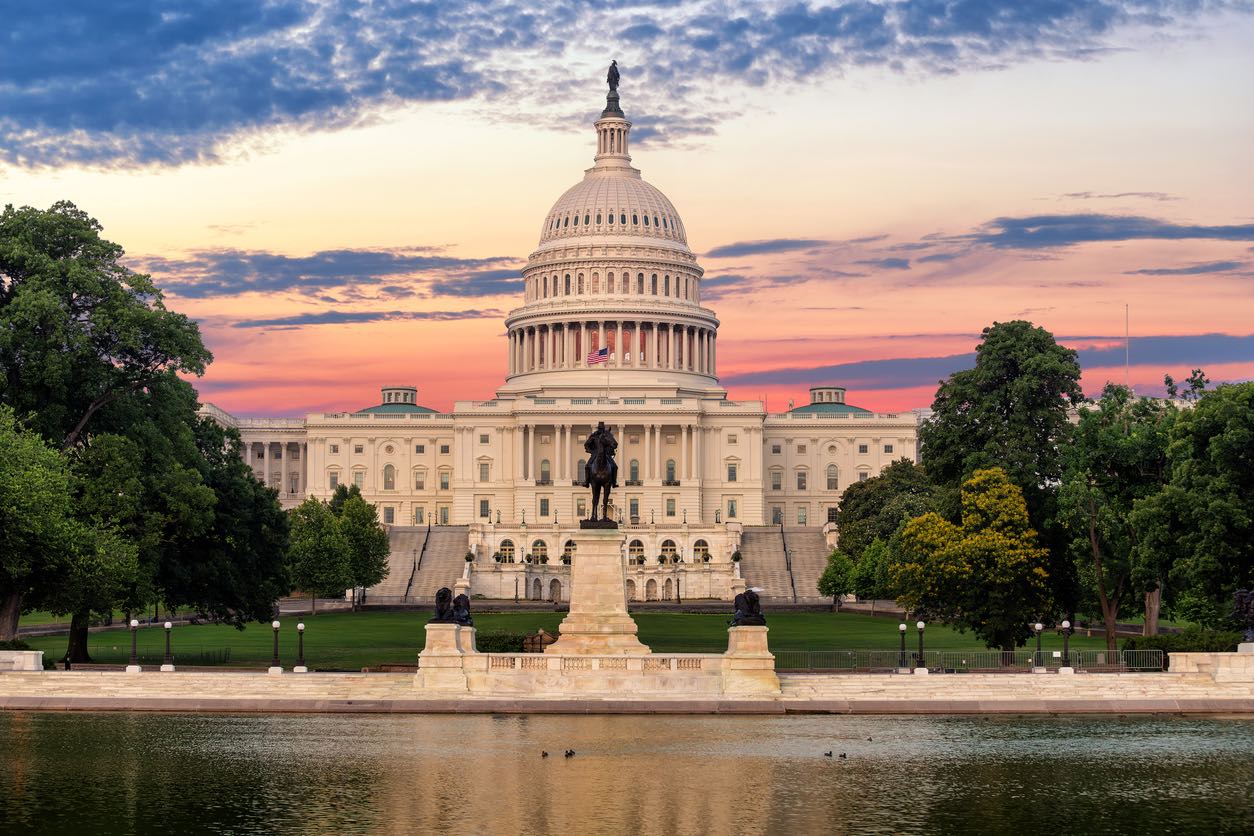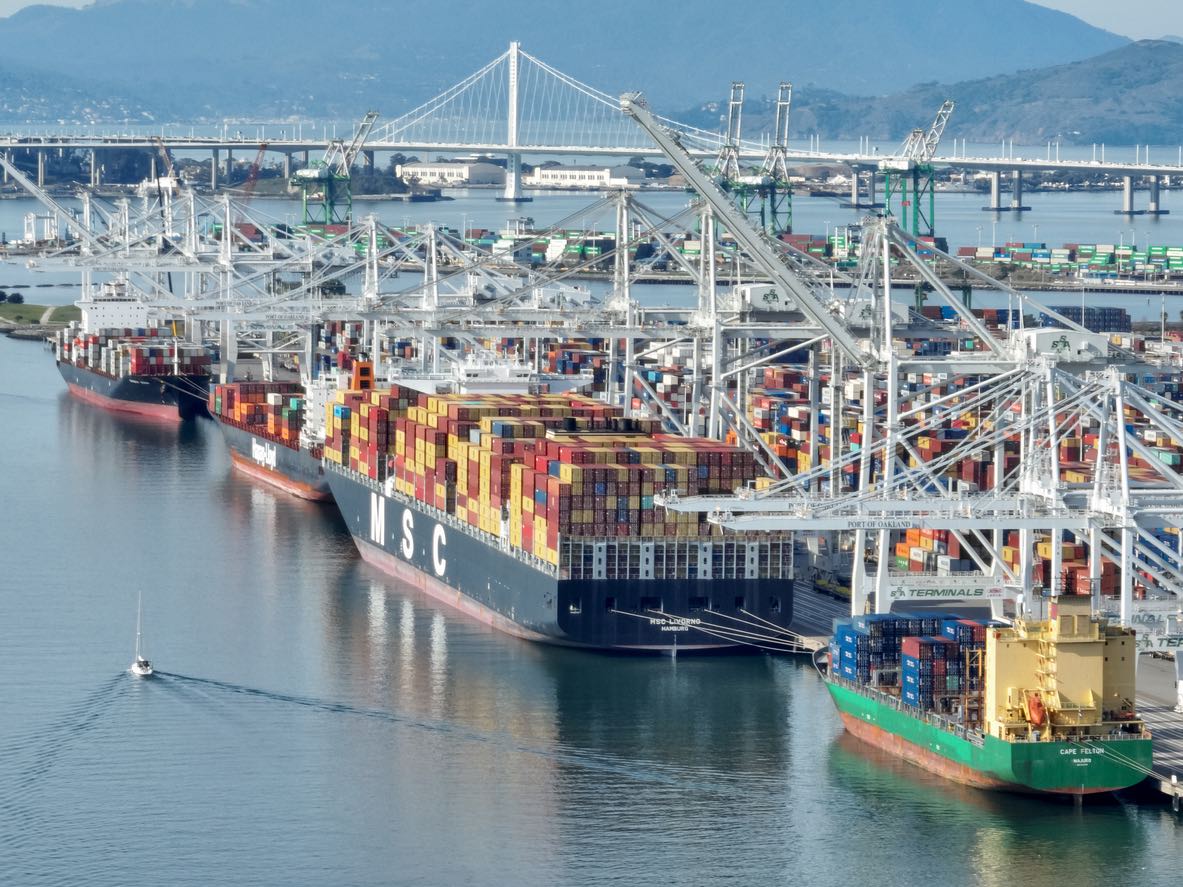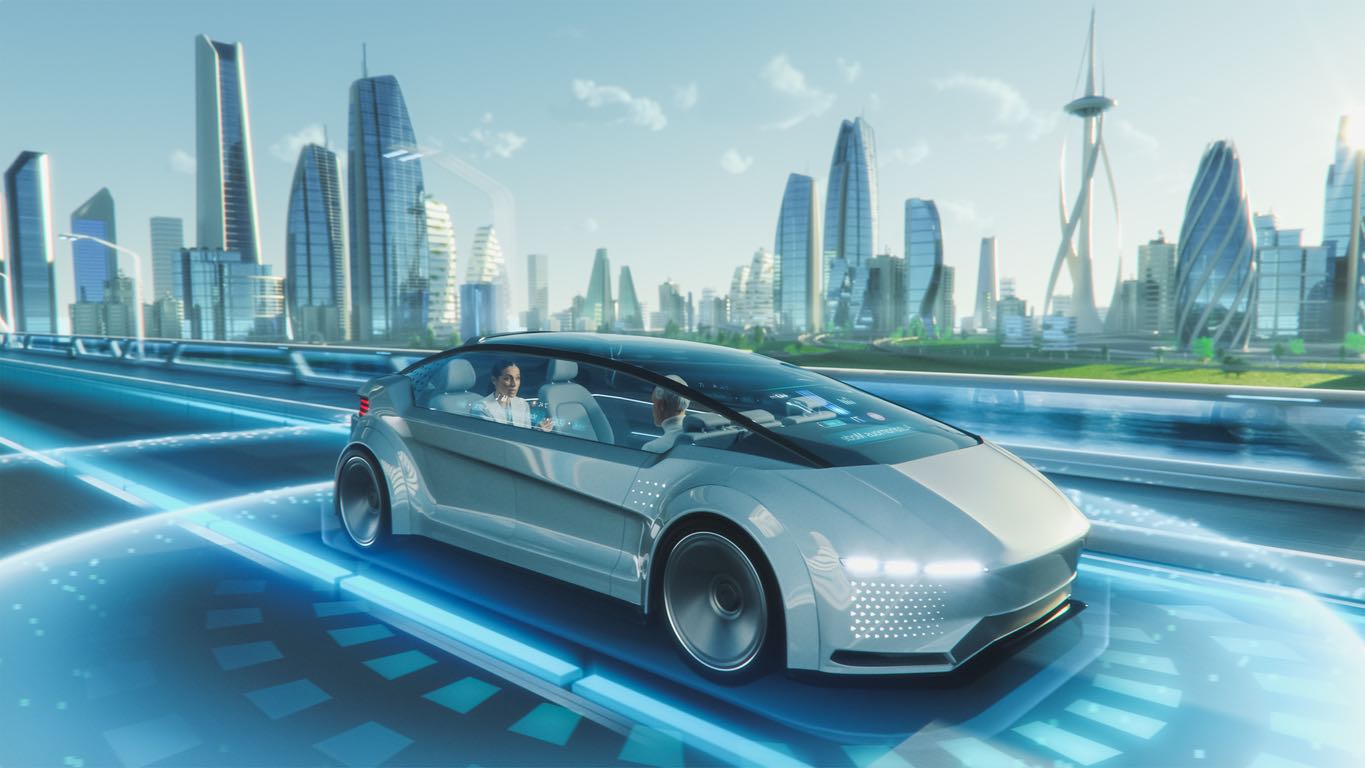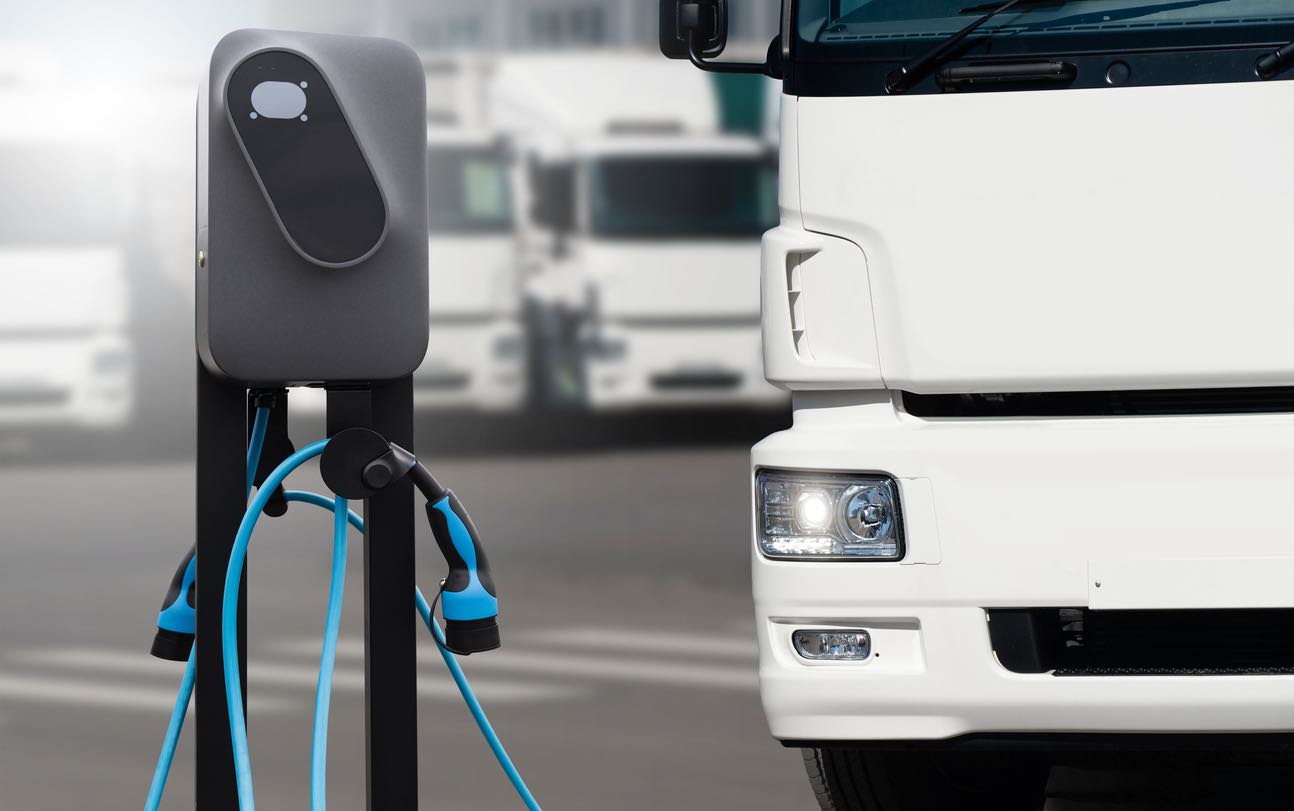
The Ambitious Shift to Electric Vehicles: A Bold New Direction for Washington State
Washington State is leading the way in the transition to an electric vehicle (EV)-dominated future by starting a ground-breaking journey. This bold initiative, spearheaded by the Washington Electric Vehicle Council, represents a revolutionary vision for the state’s transportation system in addition to a change in policy. The state is putting itself at the forefront of environmental innovation and sustainable development by concentrating on transitioning the transportation industry from conventional fossil fuels to electric power. This switch from diesel to electric power marks a major shift in operations, maintenance, and logistics, making it especially noteworthy in the trucking business.
But there are obstacles to this audacious electrification, and the trucking sector is at the heart of this intricate change. Leaders in the industry have expressed grave worries, citing what they see as “fatal flaws” in the state’s electrification strategy. Concerns exist not just regarding whether such a significant transformation might be implemented, but also about possible effects on costs, efficiency, and even the state economy as a whole. Washington State is redefining its transportation sector, and the trucking industry’s concerns highlight the necessity for a well-rounded strategy that takes into account the practicalities of such a big change. The struggle between the innovation and feasibility sets up the conditions for a nuanced discussion on the future of transportation in Washington State and beyond.

Overcoming the Hurdles: Infrastructure and Practicality in Electrification
The path Washington State is on to become an electric vehicle (EV) state is fraught with formidable infrastructural obstacles. The creation of a vast network of charging stations is where this change is most important. The Washington Electric Vehicle Council is leading the current plan, which aims to increase the number of charging outlets from the current 4,600 to 3 million by 2035. This disparity highlights the enormous amount of work needed to make EVs a practical choice for the general public. Not only is number important, but so are the quality and distribution of these charging ports. To satisfy the needs of both personal and commercial vehicles, they must be easily accessible and able to charge quickly. Given the demands of the trucking industry, where trucks need reliable, high-capacity charging options, this factor becomes even more crucial.
Apart from the tangible framework, the financial foundations of this approach are similarly formidable. A massive $818 million is set out in the Transportation Electrification Strategy (TES) draft for EV incentives and the construction of charging infrastructure over the following two years. The state’s resolve is demonstrated by this financial commitment, but it also begs concerns about resource allocation and return on investment. It’s still up for question how well these incentives work to promote the adoption of EVs, especially in the business sector. These incentives need to be combined with workable solutions that take into account range anxiety and the particular requirements of long-haul routes, since the trucking industry will need to make major operational and logistical improvements in order to transition to electric vehicles. Washington State can only really set the stage for an orderly and sustainable shift to electric vehicles by tackling these complex issues.
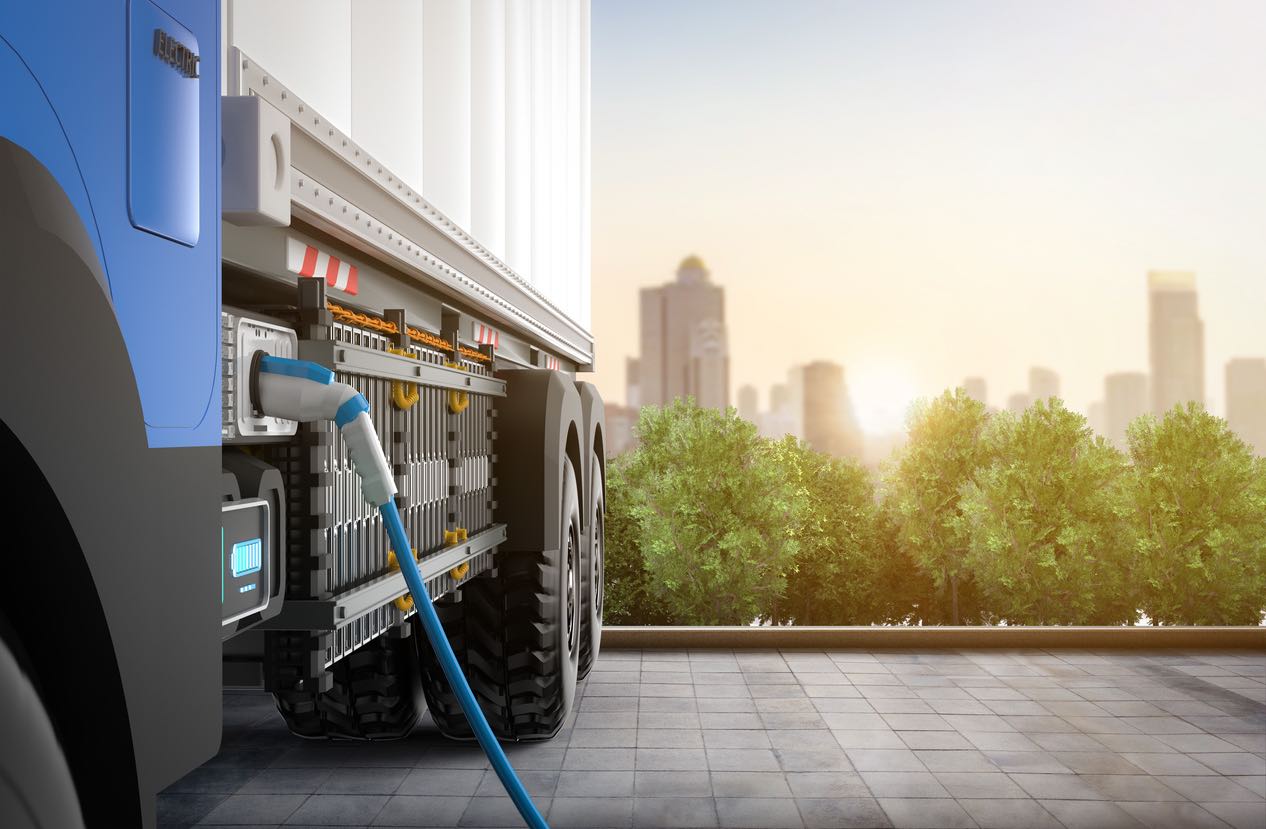
Balancing Cost and Benefit: The Economic Viability of EV Transition
The Transportation Electrification Strategy (TES) of Washington State presents a daring plan to encourage the use of electric vehicles (EVs) by means of government incentives. These subsidies are a key component of the plan to mitigate the significant expenses of moving away from fossil fuels and are intended to increase the accessibility of EVs. The financial ramifications go beyond the original transaction, though. When comparing EVs to conventional fossil fuel vehicles, the actual economic effect takes into account the possible resale value, maintenance costs, and long-term operational expenses. As companies and consumers assess the benefits and drawbacks of making the transition to electric vehicles, this broad perspective is essential.
Moreover, there is considerable worry regarding the TES’s connection with economic realities, despite its ambitious goal of reducing carbon emissions. The admission that Washington’s transportation industry would not be able to reduce carbon emissions by 2030, even with the suggested subsidies, calls into doubt the viability of this financial plan. Another level of difficulty is the expense of building the necessary infrastructure, such as grid improvements and charging stations. The short- and long-term advantages of lower emissions must be weighed against the investments’ high resource and planning requirements. Stakeholders in the transportation, economic, and environmental sectors are very interested in this economic model as its viability is a crucial component that will decide whether Washington State’s electrification objectives succeed or fail.
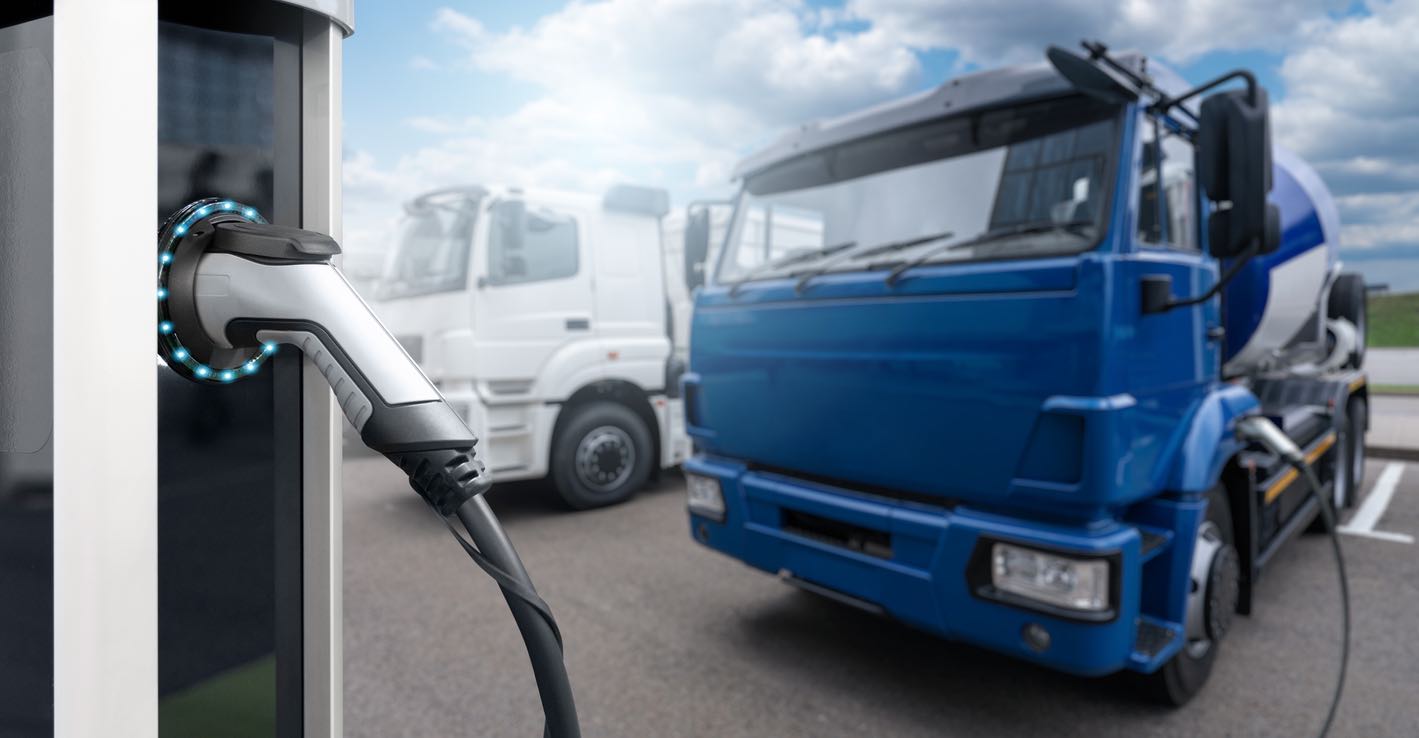
Realities of EV Adoption in Trucking: Insights from Industry Leaders
The planned electrification approach puts the trucking industry—represented by the Washington Trucking Associations—at a critical crossroads. Industry executives acknowledge the advantages for the environment and the impending move to electric vehicles (EVs), but they have serious doubts about whether such a swift transition is feasible. The state’s aggressive EV adoption goals surpass the rate of technology breakthroughs currently observed in the transportation industry. The logistics and supply chain depend heavily on medium- and heavy-duty vehicles, and therefore have a difficult time converting to electric vehicle technology. This is a comprehensive overhaul of the current transportation architecture, which has been developed and refined over decades, not simply an easy substitution of a fuel source.
Moreover, concerns within the transportation industry are not exclusive to technology. One important obstacle is the absence of infrastructure. For the anticipated number of electric trucks, the number of charging stations already in place is egregiously insufficient. Leaders in the industry doubt the state’s capacity to expand the infrastructure at the necessary rate. They contend that the idea runs the danger of becoming a bottleneck and hurting not only the trucking industry but the state’s economy as a whole in the absence of a strong network of charging stations that can accommodate the special requirements of large trucks. The uncertainty is increased by the use of EV technology, which is still developing, especially for heavy-duty applications. In order to guarantee a seamless transition that supports both environmental aims and economic stability, the industry advocates for a more realistic, gradual approach that is in line with technology advancements and infrastructural development.
The trucking industry’s pragmatic yet cautious approach is essential to creating a viable future for Washington State’s electrification project. It’s an appeal for a well-rounded approach that acknowledges the trucking industry’s present reality while adamantly aiming for a more sustainable and clean future. Here, the emphasis is on making the transition to electric trucks as smooth as it is revolutionary, protecting the state’s economy and the industry’s capacity to continue operating.

Approaching the Crossroads: Upcoming Decisions and Potential Pathways
The Electric Vehicle (EV) Council is on track to complete the Transportation Electrification Strategy (TES) by the end of November, marking a significant turning point in the history of transportation in Washington State. This impending decision is more than just a formality; it’s a pivotal moment that will determine how the state’s transportation electrification develops. The decision’s conclusion will have a significant impact on the kind and speed of the shift from fossil fuel to electric vehicles. This is a revolutionary step with far-reaching effects on the environment, the economy, and the daily lives of Washingtonians. It is not simply about implementing new technology. In particular, the trucking sector is about to undergo a significant transformation that might alter its economic model and operational dynamics.
When assessing the various options, it’s critical to take ambition and pragmatism into account. The decision made by the EV Council is expected to have an impact on a number of variables, including the accessibility of infrastructure for charging and the financial incentives provided to trucking companies. The success of the plan depends on how well the trucking industry’s worries are addressed, especially those related to the viability and availability of EV technology for heavy-duty transportation. Technological developments alone won’t guarantee a smooth transition; governmental support, sufficient financing, and public-private cooperation are all necessary. The state’s economy, which depends significantly on a healthy and productive trucking industry, is at a crossroads where the choices taken now will either help the economy grow sustainably or cause it to face enormous logistical and financial difficulties in the road. The strategy adopted by the EV Council must strike a careful balance between protecting the operational and financial stability of the transportation sector and encouraging innovation and environmental responsibility.
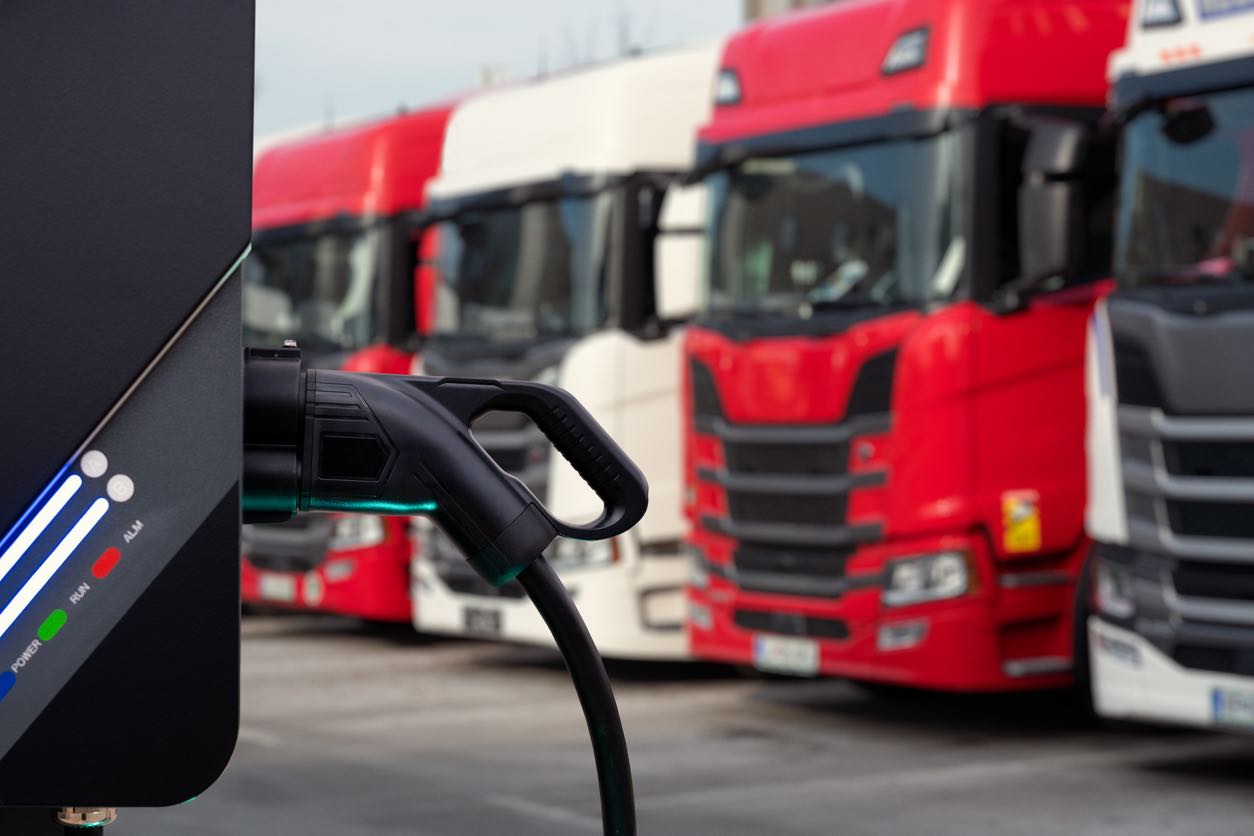
Evaluating the Road Ahead: Key Takeaways and Future Considerations
A major turning point in the transition to sustainable transportation has been reached with Washington State’s ambitious electrification agenda. But there are many obstacles along the way, especially for the transportation sector. Leaders in the business have voiced concerns that go beyond casual remarks and point to more serious structural problems that need to be resolved. These include the absence of proper charging infrastructure, the economic viability of such a swift shift, and gaps in present EV technology appropriate for heavy-duty vehicles. Given Washington’s goal of leading the way in transportation electrification, it is imperative that these factors be taken into account and actively included into the plan. This strategy guarantees a transition that is both logistically and economically feasible as well as ecologically progressive.
This electrification plan’s capacity to strike a balance between lofty environmental objectives and the practical realities of execution will determine its level of success. It demands cooperative efforts from state officials, business leaders, and interested parties to develop solutions that push the boundaries of innovation while being firmly based on present capacities. Simultaneously, the workforce’s education and preparation for this profound change in the sector must be prioritized. We are about to witness a significant shift in the transportation industry, so whatever course Washington State decides to take will probably serve as a model for others to follow. Therefore, it is critical that this course be characterized by foresight, flexibility, and inclusion.
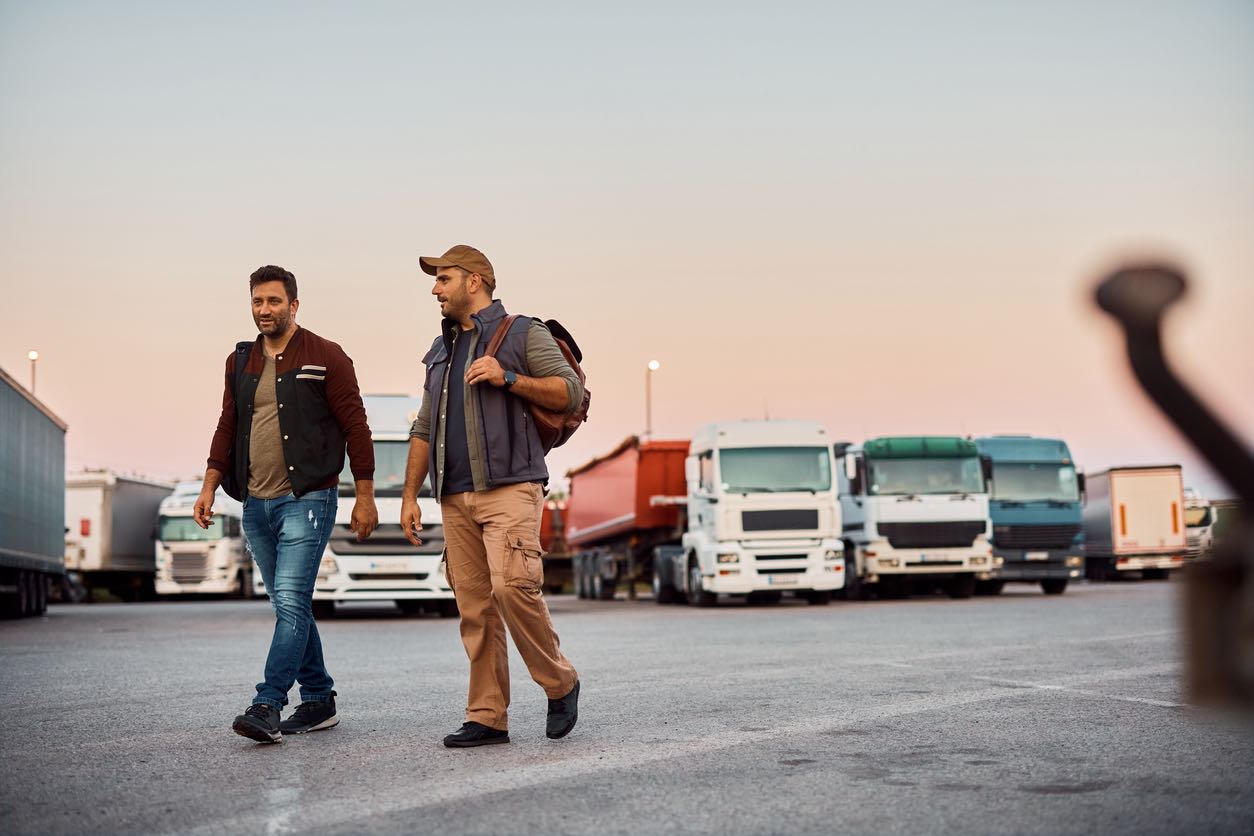
Why Ship A Car, Inc. Stands Out
Amidst these revolutionary shifts in the transportation field, Ship A Car, Inc. continues to be a shining example of dependability and quality in the freight and vehicle shipping business. In these changing times, their dedication to offering first-rate service is more important than ever. SAC exhibits remarkable flexibility in response to industry shifts, guaranteeing that their services maintain their high caliber despite the dynamic environment. They do this by maintaining an unrelenting focus on customer satisfaction and efficiency. Their capacity to adjust to changing circumstances, together with their proficiency in vehicle logistics, renders them an invaluable ally for individuals managing the intricacies of transportation in a swiftly evolving environment. A call to Ship A Car, Inc. at (866) 821-4555 provides not just a solution but also a collaboration with one of the best in the business for anyone looking for a trustworthy and competent shipping service.
Q: What are the most significant obstacles that the trucking sector in Washington State must overcome in order to make the shift to electric vehicles?
A: Inadequate charging infrastructure, technological limits in electric vehicles for medium and heavy-duty trucks, and the high expenses involved with the shift are the key hurdles that must be overcome.
Q: What solutions does the proposal proposed by the Washington Electric Vehicle Council propose to solve these challenges?
A: The plan calls for large investments in charging infrastructure, governmental incentives for electric vehicle sales, and initiatives to stimulate adoption; nonetheless, it has been criticized for its lack of practicability and its gradual pace of implementation.
Q: When it comes to transporting vehicles, why is Ship A Car, Inc. considered to be the best option?
A: Ship A Car, Inc. is a well-known company that is recognized for its dedication to client satisfaction, efficient service, and competence in the area. As a result, it is a trustworthy car shipping choice that is available across the United States.
